

Vineyards
Two estates. Two microclimates.
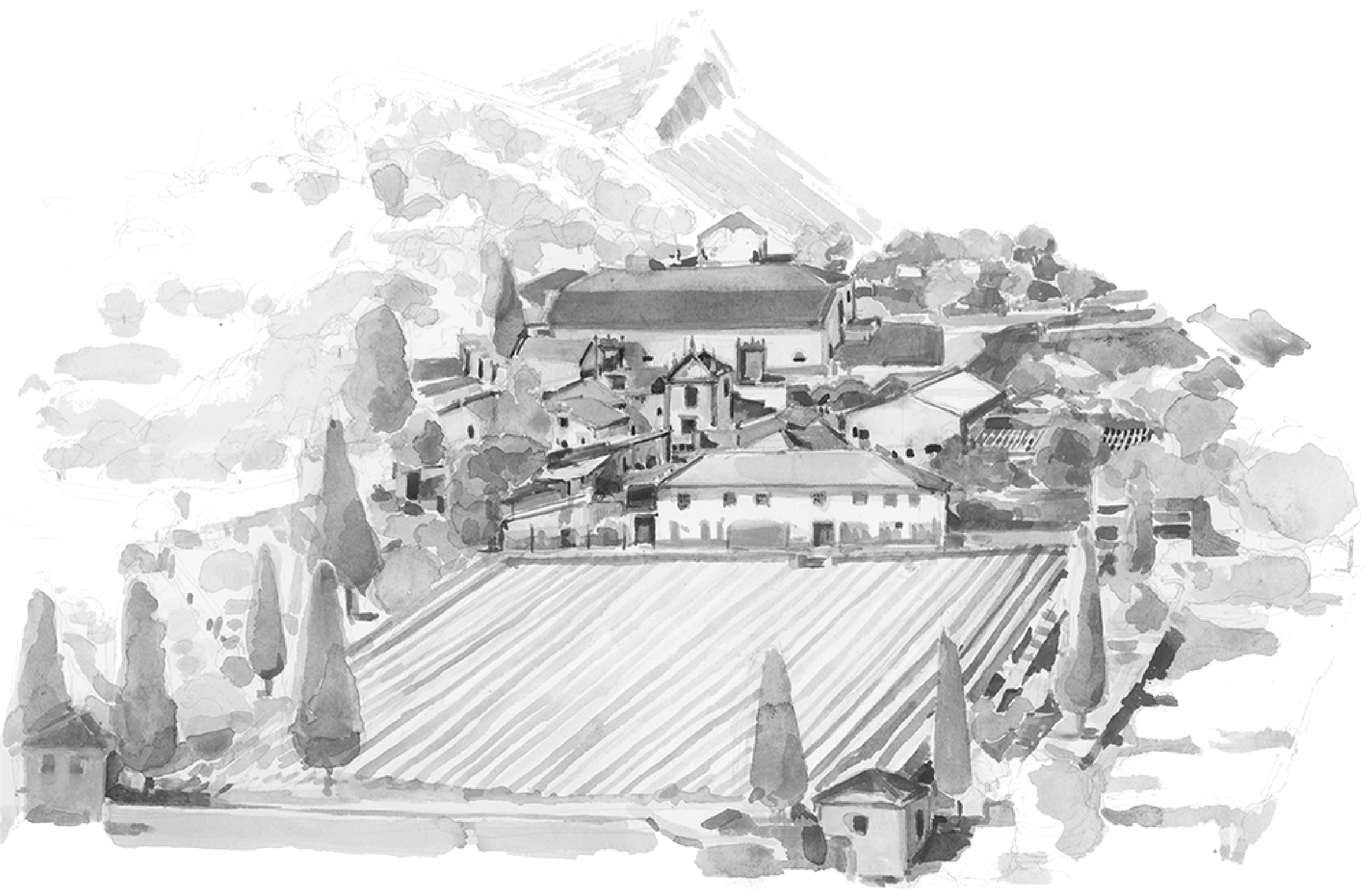
Our two estates are in two separate valleys, with each producing distinctive wines. Together, they represent an elegant expression of Douro terroir.
Quinta de Roriz
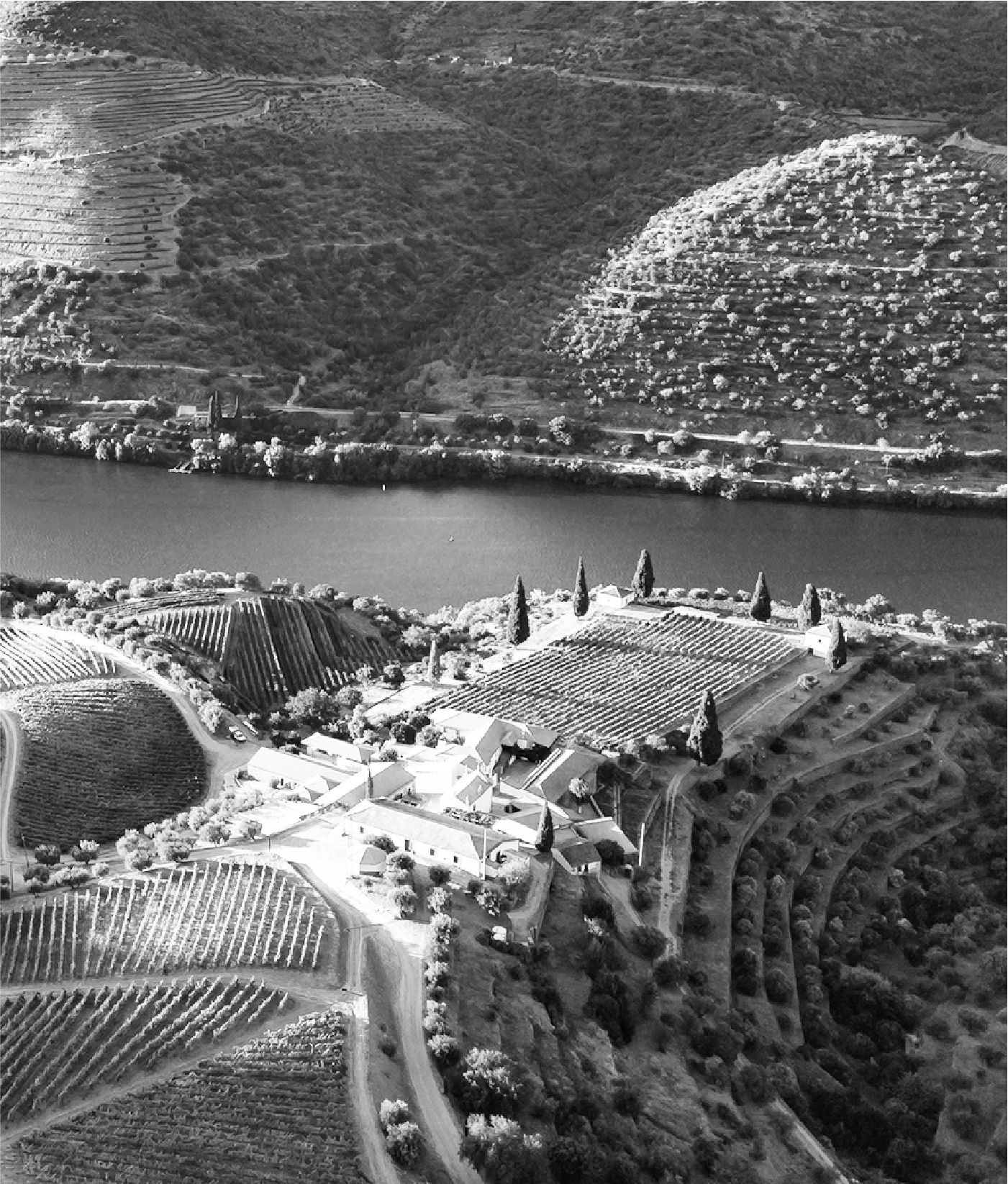
Quinta de Roriz is one of the oldest and finest vineyards in the Douro Valley. It has been known for its estate-bottled wines since the early 18th century. Our two families acquired the property in 2009 to become the cornerstone of Chryseia.
Located on the southern bank of the Douro River, Quinta de Roriz forms a natural amphitheatre with a largely northerly orientation, providing cooler nights in the ripening season. This orientation creates a distinct aromatic freshness in Chryseia.
The classic schist soil is combined with tin and gold tailings from the old mines at the top of the estate, which lends a distinct minerality to the wines.
The property has a total area of 95.2 hectares – with 42.9 hectares under vine.
Touriga Nacional (17.8ha) and Touriga Franca (16ha) are the dominant grape varieties, with smaller plantings of Tinta Barroca (5.5ha), Tinta Roriz (2.2ha), and other traditional Douro varieties including Sousão and Tinto Cão (1.4ha).
“ Turning this outstanding port estate – Quinta de Roriz – into a Douro DOC vineyard was a courageous decision and, together with Quinta da Perdiz, the quality of our wines has gone from strength to strength. ”
Bruno Prats
Quinta da Perdiz
Quinta da Perdiz lies on a steep gradient in the Rio Torto Valley that runs northwest into the main Douro Valley. The deep valley retains more heat which creates a warmer microclimate around the Perdiz vineyard. This produces ripe, soft, and velvety wines, perfectly complementing those from Roriz.
The property has a total area of 27.2 hectares – with 23.3 hectares under vine.
Touriga Nacional (14.2ha) is the dominant grape variety, followed by Touriga Franca (4.5ha) and Tinta Roriz (1.3ha), with 3.3ha of old mixed vines (field blend).
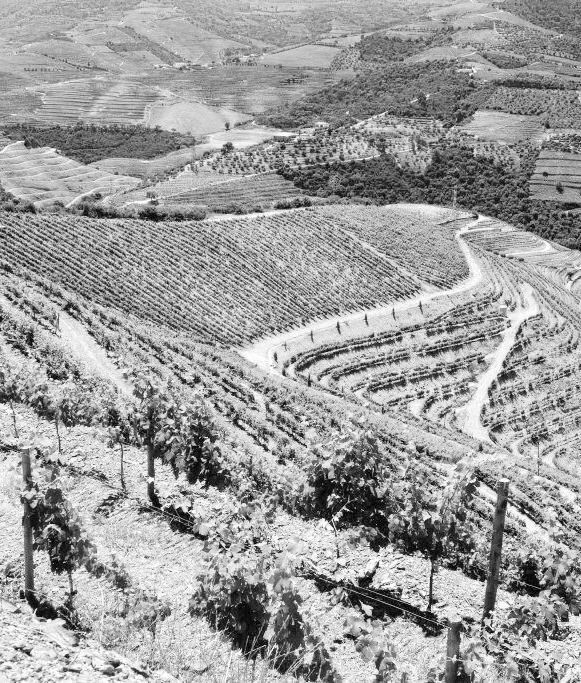
Sustainable Viticulture
Both Quinta de Roriz and Quinta da Perdiz are made up of steep vineyards planted on terraces called patamares. While they are difficult to maintain and costly to cultivate, these terraces are designed to find a balance between retaining sufficient water for the vines, whilst allowing the excess water to run-off without damaging the vineyards with erosion and landslides. The terraces have a slight lean towards the hillside to allow rainwater to seep into the soil. They are also inclined lengthways so water can run off the ends (rather than over the sides) and be channelled into drainage ditches.
There are two rows of vines per terrace and most of the vineyard work is done by hand. This includes the harvest which lasts around three weeks from mid-September. With such labour-intensive work and some of lowest yields per hectare of any wine-producing area, the Douro is likely the most expensive region to make wine.
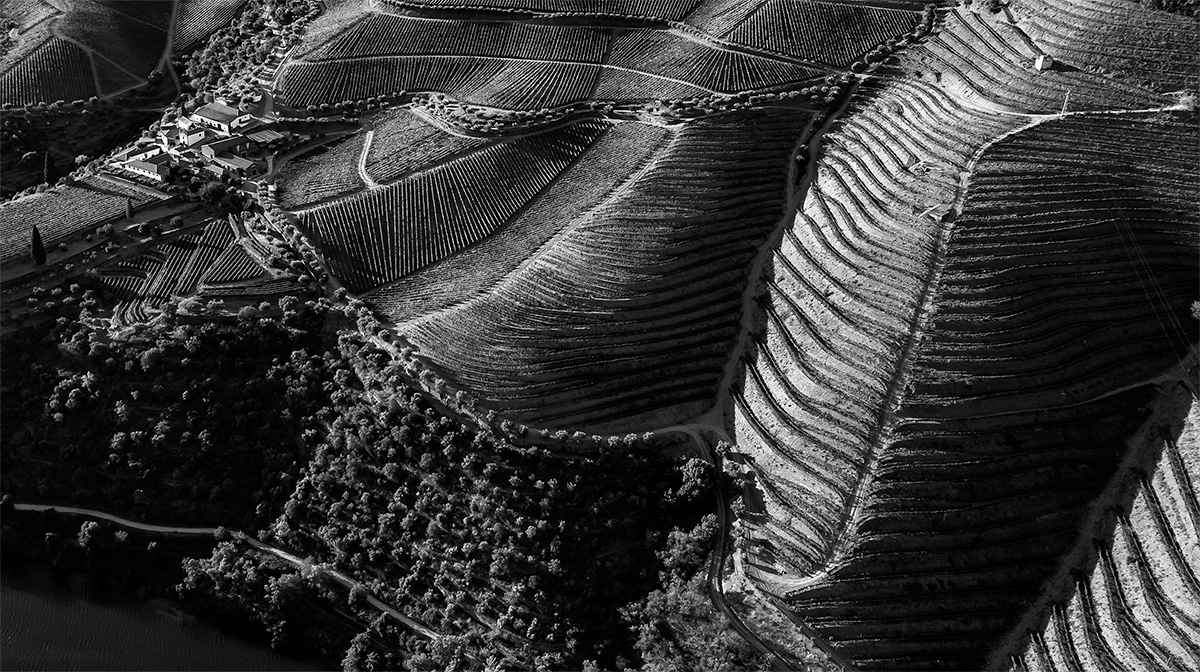
While the traditional method in the Douro was to plant a mix of grape varieties within the same vineyard in order to reduce the risk of disease, the different vines do not ripen at the same time, which makes it virtually impossible to pick each one at the optimum moment in the harvest. As a result, we grow our vines in single varietal blocks of vineyard which allows us to pick each one at the perfect level of maturity.
With the objective of preserving diversity within our vineyards, all our new plantings are from massal selections, with the vines grafted on-site onto rootstock that is adapted to warm and dry conditions.
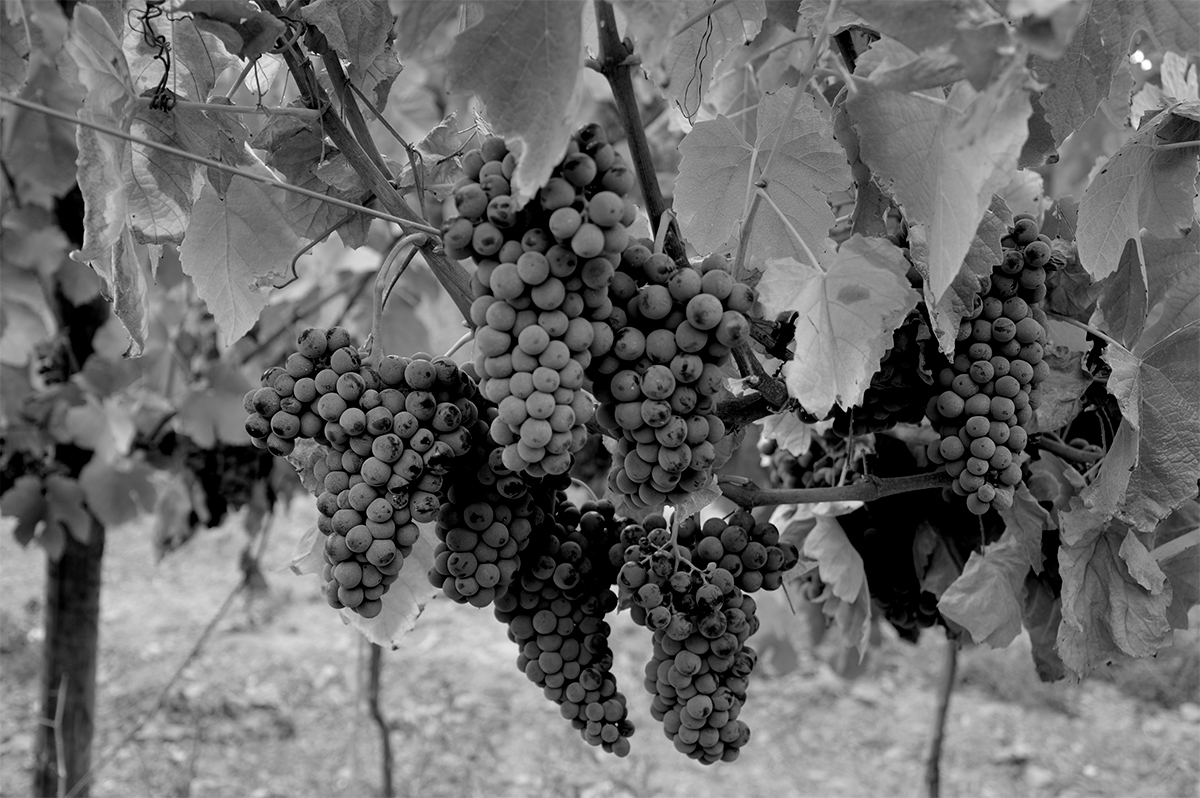
While Touriga Nacional is the most famous indigenous Douro grape variety today and known for delivering quality wines, it was not widely planted until the latter half of the 20th century due to its very low yields. However, as an early ripening grape that is resistant to high temperatures and dry conditions, it performs exceptionally well in the Douro – and with the impact of climate change being felt in other wine regions, Touriga Nacional is now a registered Bordeaux grape variety. Its aromas are very floral and intense, and its structure is rich and velvety with a very soft finish. It forms a key component of Chryseia.
Touriga Franca is the second key element that makes up Chryseia. It is a late-ripening variety that delivers wines with fruity and balsamic aromas with a rich structure and very good ageing potential. It produces less alcohol than the Touriga Nacional and the blend of the two creates a wonderful harmony that we have worked hard to perfect for the last two decades.
Our two vineyards are farmed under the Integrated Production Management protocol. This certification ensures a strict policy of minimum intervention and limited treatments in the vineyard. Our use of precision viticulture management tools means that vine disease can often be predicted and tackled with preemptive action, requiring less intrusion in the vineyard and resulting in a more balanced ecosystem. This approach has led to a visible increase in the diversity of the flora and fauna in our vineyards.
READ MOREWines
Our first Prats + Symington wine was Chryseia 2000 which received widespread national and international acclaim. Since then Chryseia and its second wine, Post Scriptum, have consistently appeared amongst the most highly rated Douro wines.



Chryseia, Post Scriptum de Chryseia, Prazo de Roriz Chryseia, Other wines